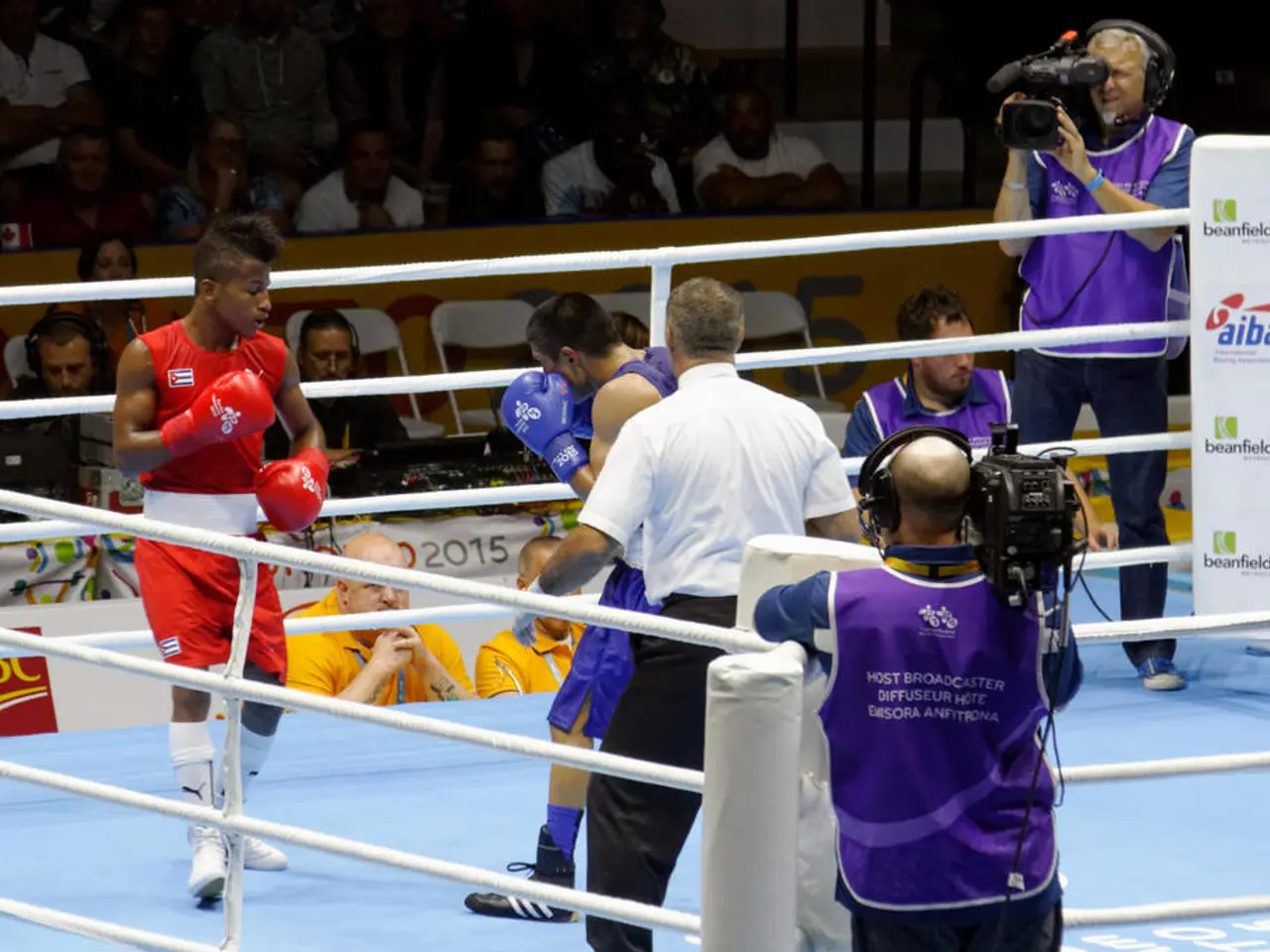Two Japanese fighters succumb to brain injuries after competing in the same contest.
In a heartbreaking turn of events, the world of boxing has been hit by a series of fatalities, with two Japanese boxers and an Irish fighter losing their lives due to subdural hematomas, a type of brain injury caused by repeated head trauma.
On August 2, at Korakuen Hall in Tokyo, Shigetoshi Kotari and Hiromasa Urakawa suffered brain injuries during separate fights. Kotari fought Yamato Hata to a draw in 12 rounds before his untimely demise on Friday, August 8. Urakawa, on the other hand, lost to Yoji Saito in a knockout, and passed away on August 9.
The World Boxing Council (WBC) and its President, Mauricio Sulaiman, expressed their condolences to Kotari's family and friends. Similarly, the World Boxing Organization (WBO) extended its condolences to the families, friends, and the Japanese boxing community over the death of Hiromasa Urakawa.
Subdural hematomas are caused primarily by trauma to the head, especially repeated blows that cause sudden acceleration and deceleration movements of the brain inside the skull. This leads to tearing of the bridging veins between the brain surface and the dura mater (the brain’s outer covering), resulting in blood collection in the subdural space. Both Kotari and Urakawa underwent operations for this condition, but unfortunately, they could not recover.
Preventive measures are being implemented to reduce the incidence of such tragedies in boxing. Mandatory pre- and post-fight MRI or CT scans can help detect early brain injuries or subtle changes in brain tissue to prevent further damage. Reducing the number of rounds, allowing longer intervals between fights, especially after any head trauma, and improving ringside medical care are other strategies being employed.
However, these preventive strategies can only reduce the incidence and improve outcomes; they cannot entirely eliminate the risk due to the inherent nature of repeated head trauma in boxing. This was tragically demonstrated by the death of John Cooney, an Irish super-featherweight fighter, who died after being stopped in his first Celtic title defense in February. No additional information about the cause of John Cooney's death was provided in the article.
As the boxing community mourns these losses, it is a stark reminder of the risks associated with the sport. It is hoped that these tragedies will lead to further advancements in preventive measures and medical care, ensuring a safer future for boxers.
Despite the inception of several preventive measures, the risk of fatalities remains inherent in boxing, as demonstrated by the death of John Cooney, an Irish super-featherweight fighter. This grief-stricken incident follows the untimely demise of Shigetoshi Kotari and Hiromasa Urakawa, both Japanese boxers, who lost their lives due to complications from subdural hematomas, a risk often associated with sports that involve repeated head trauma.







